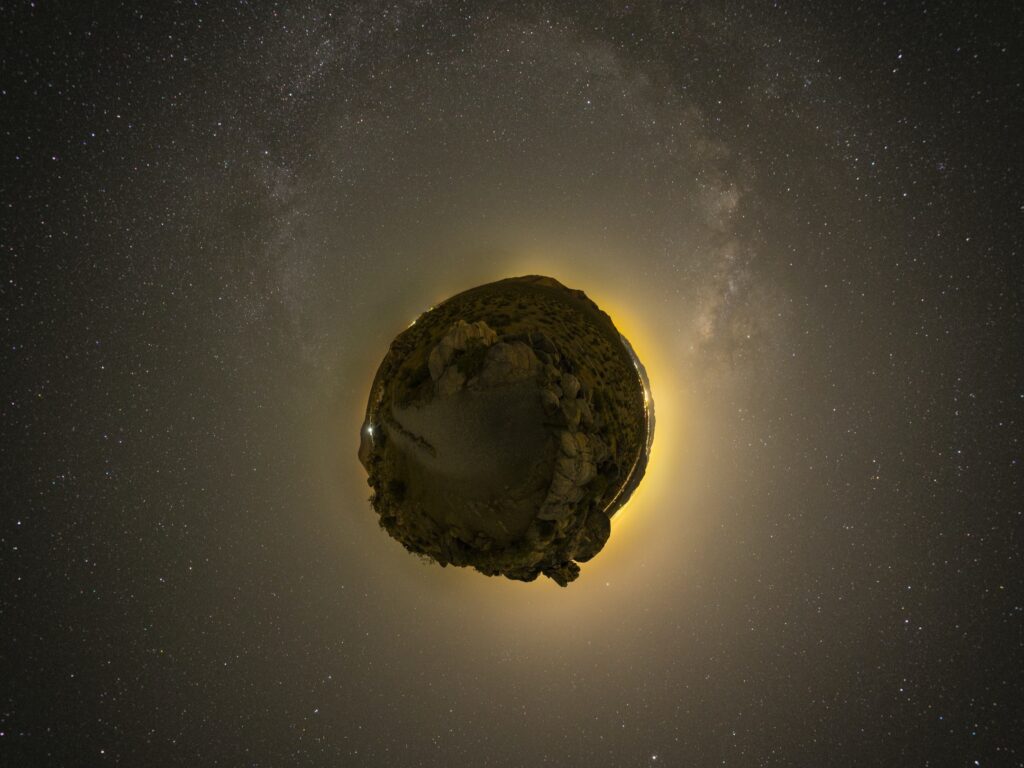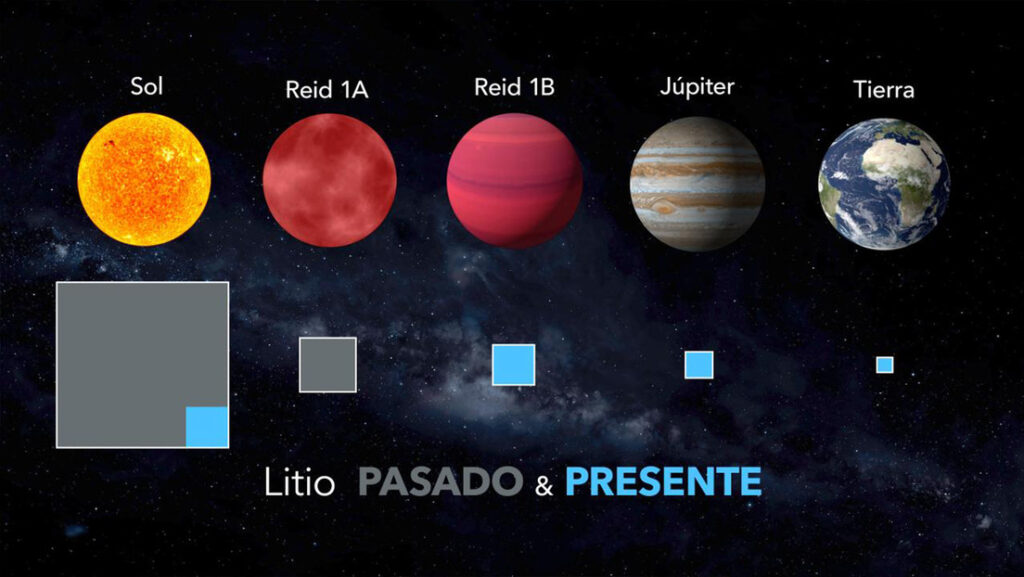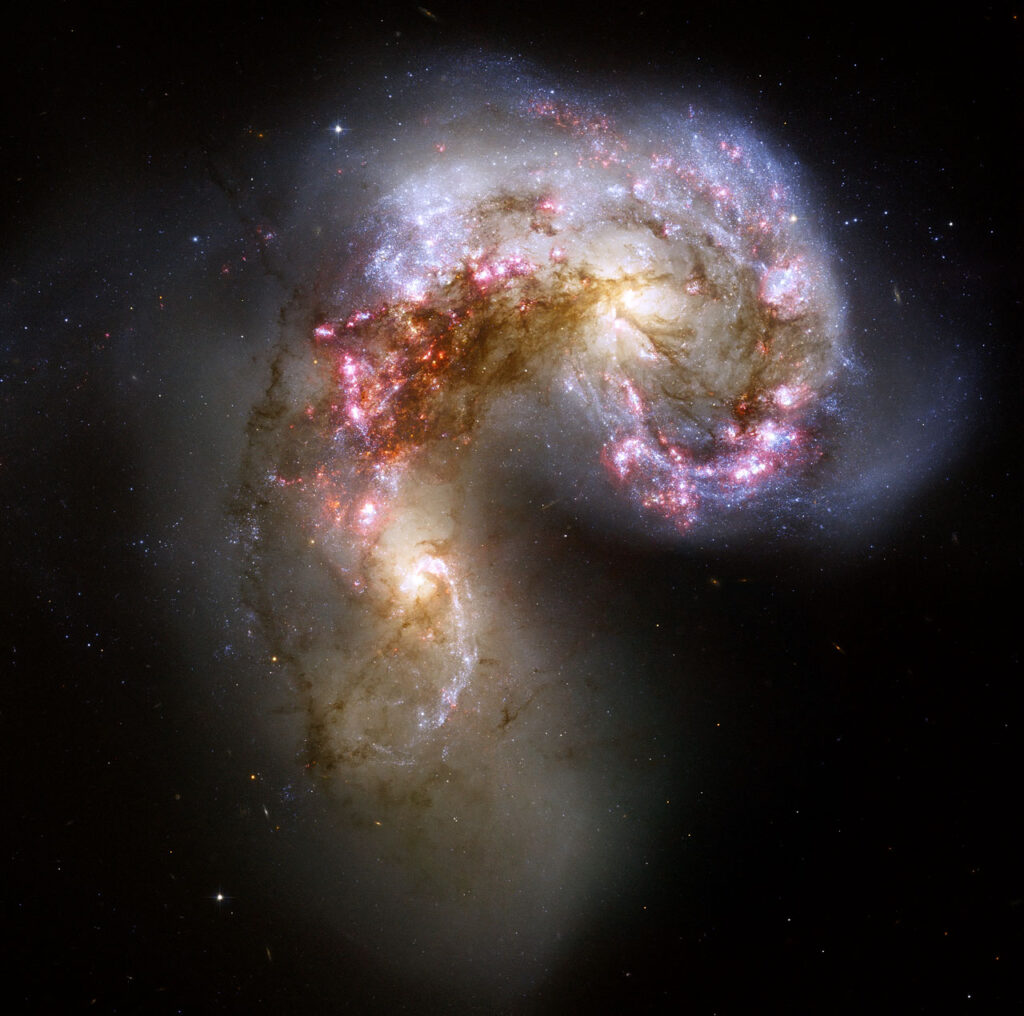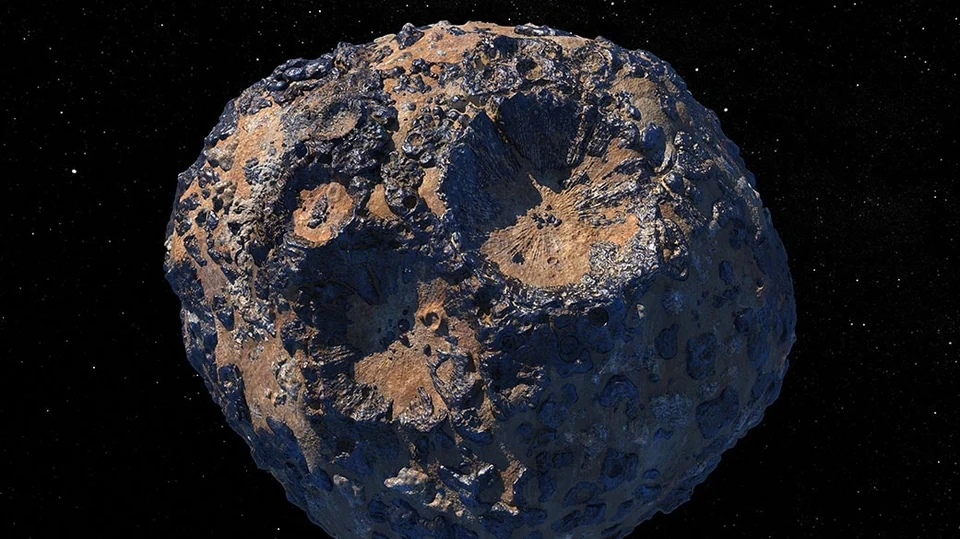Washington, July 10 (SocialNews.XYZ) Asteroid Bennu’s surface resembles a plastic ball pit, reveals data from NASA’s Origins, Spectral Interpretation, Resource Identification, Security, Regolith Explorer (OSIRIS-REx) spacecraft.

The spacecraft, which arrived at Bennu in 2018, spent nearly five years in space. In October 2020, in the midst of a global pandemic, the OSIRIS-REx flawlessly executed the most mission’s critical operation, collecting more than 2 ounces (60 grams) of soil from Bennu’s surface.
Analysis of the data, now published in a pair of papers in the journals Science and Science Advances, shows that the spacecraft would have sunk into Bennu had it not fired its thrusters to back away immediately after it grabbed dust and rock from the asteroid’s surface.
It turns out that the particles making up Bennu’s exterior are so loosely packed and lightly bound to each other that if a person were to step onto Bennu they would feel very little resistance, as if stepping into a pit of plastic balls that are popular play areas for kids.
“After analysing data gathered when #OSIRISREx collected a sample from Bennu, scientists discovered the asteroid’s exterior is made of loosely packed & lightly bound rock. So, if you were to step onto Bennu, it would feel like stepping in a plastic ball pit,” Thomas Zurbuchen, Associate Administrator, @NASA Science Mission Directorate wrote on Twitter.
“If Bennu was completely packed, that would imply nearly solid rock, but we found a lot of void space in the surface,” said Kevin Walsh, a member of the OSIRIS-REx science team from Southwest Research Institute, which is based in San Antonio, in a statement.
The latest hint that Bennu was not what it seemed came after the OSIRIS-REx spacecraft picked up a sample and beamed stunning, close-up images of the asteroid’s surface to the Earth.
“Our expectations about the asteroid’s surface were completely wrong,” said Dante Lauretta, principal investigator of OSIRIS-REx, based at University of Arizona.
“What we saw was a huge wall of debris radiating out from the sample site,” Lauretta said.
Scientists were bewildered by the abundance of pebbles strewn about, given how gently the spacecraft tapped the surface. Even more bizarre was that the spacecraft left a large crater that was 8 metres wide.
“Every time we tested the sample pickup procedure in the lab, we barely made a divot,” Lauretta said.
The information about Bennu’s surface can help scientists better interpret remote observations of other asteroids, which could be useful in designing future asteroid missions and for developing methods to protect Earth from asteroid collisions.
It’s possible that asteroids like Bennu — barely held together by gravity or electrostatic force — could break apart in Earth’s atmosphere and thus pose a different type of hazard than solid asteroids.
Recent Posts
- Astronomers detect first direct image of black hole expelling a powerful jet
- WhatsApp rolling out ‘reply with message’ feature within call notifications
- Multi-Device Pairing May Be Arriving for Apple Watch this Year
- Artificial Intelligence Discovers Hidden Giant, a Planet 5 Times Larger Than Jupiter
- Google CEO Sundar Pichai Talks Bard & The Future Of Search
Recent Comments

Astronomers detect first direct image of black hole expelling a powerful jet

Artificial Intelligence Discovers Hidden Giant, a Planet 5 Times Larger Than Jupiter

Scientists explain melting of Antarctic ice sheet dating back 9,000 years

An Unexpected Discovery: Hubble, ESA's Gaia Spot Double Quasar That Existed Over 10 Billion Years Ago

Astronomers detect first direct image of black hole expelling a powerful jet

WhatsApp rolling out ‘reply with message’ feature within call notifications

Multi-Device Pairing May Be Arriving for Apple Watch this Year


